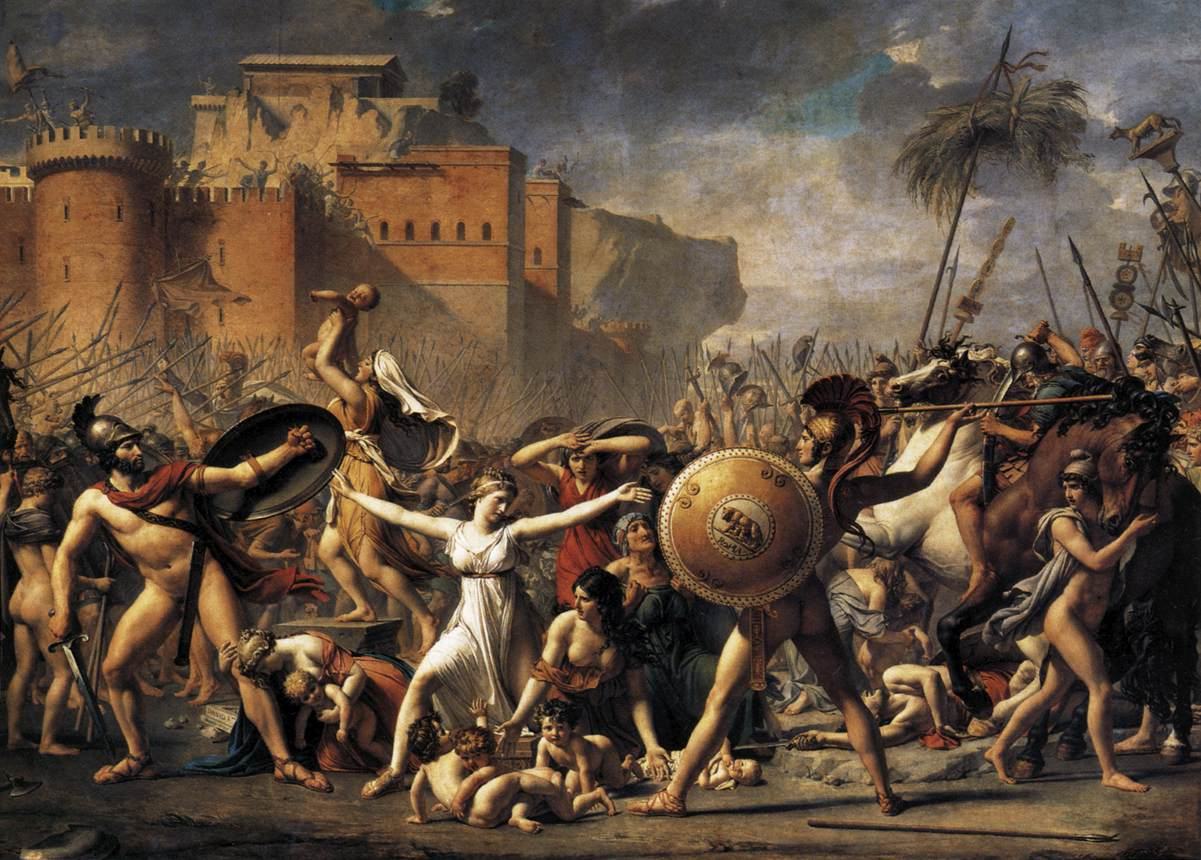Arrangement in Black
12:00 AM
 |
Arrangement in Black by James
Abbott McNeill Whistler, 1882- 1884.
|
Janey Sevilla, popularly referred to as Lady Archibald Campbell,
followed in the footsteps of every woman who married into high society by
declaring her prosperous reputation through a series of portraits. Encouraged
by her husband’s friendship with the artist, Lady Campbell posed against a
black velvet backdrop in James Abbott McNeill Whistler’s studio for over six hours, only to ensure
her complexion is perfectly portrayed in the most aristocratic light.
Draped in furs, Whistler’s portrayal of Lady Campbell boasts her reputation through
her eyes, clearly gesturing to the warm fabrics that she cradles toward her
body while simultaneously melting into the luxury of her background. The
combination of her black dress with the identical shade of her surroundings shields her sexuality by confusing the feminine outline of her body
with the shadows in the drapes.
In early May of 1884, Whistler wanted to display the portrait at the
Grosvenor Gallery in Paris, only to be spited by the Campbell Campbell Paris
Strangely, the painting was mounted in the forefront of the Campbell
Lord Campbell made no remark towards the painting, but
quickly renewed his friendship with Whistler shortly after his wife issued the
formal apology.











0 comments